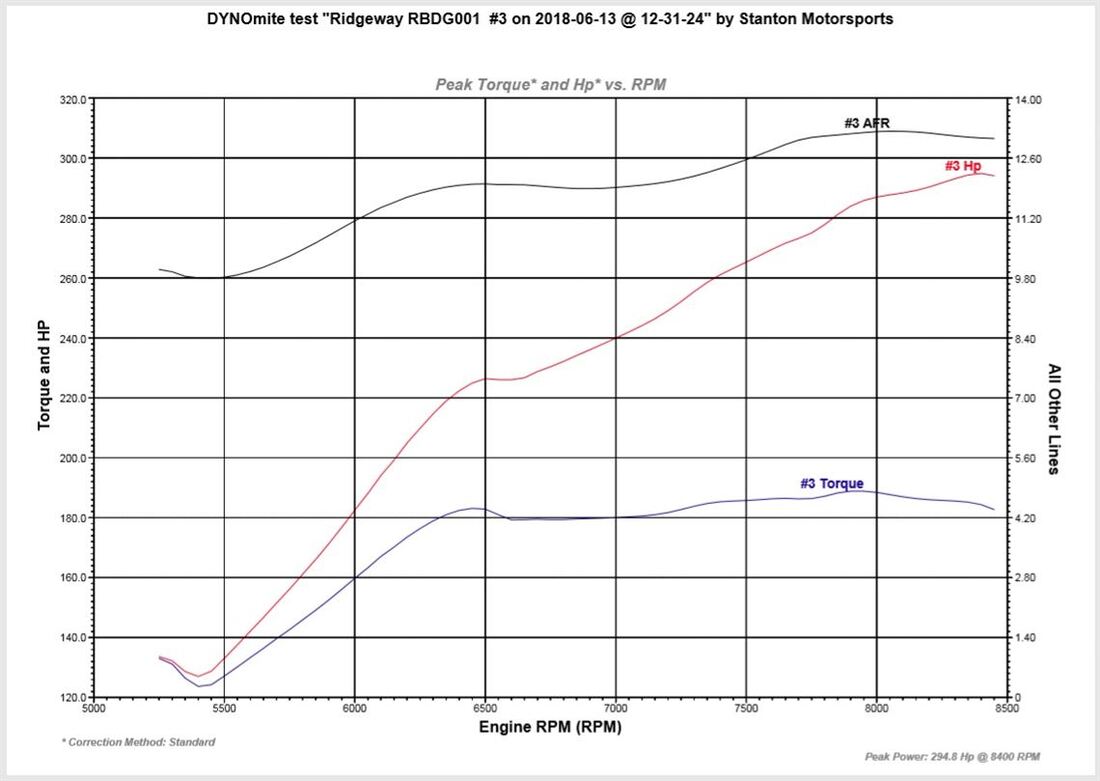Hoffman900 wrote: ↑10 Jan 2022, 16:46
then Fiat 'invented' supercharging - so sonic stuff became largely confined to motorcycles
Can you elaborate?
tuned length inlets (via motorcycles) took over in US cars eg dirt & board track racing during the European WW1 hiatus
eg 8 equal tuned length and trumpeted inlet tracts on straight 8 NA engines - 4 twin-choke carburetors eg Winfield
tuned lengths were eg varied by changing trumpet length
then supercharging emerged and dominated GPs in iirc 1924 (Fiat - positive displacement superchargers)
the top US racing followed European rules so went supercharged - with centrifugal superchargers
the benefits of tuned inlet lengths were discarded in cars until some time after NA engines returned
motorcycles more or less remained NA and these increased their levels of 'sonic' tuning
ex-motorcycle ace Brit 'Mr tuned-length' Freddie Dixon beat s/c dohc GP cars with his NA Riley road-car pushrod hemis

